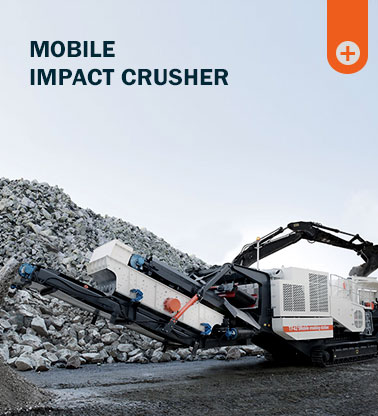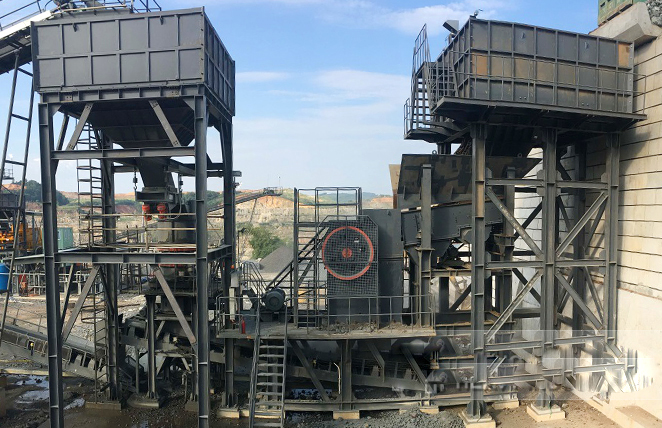Vietnam is a growing market for mining and construction equipment, including impact crushers and dolomite grinding mills, due to its rich mineral resources (including dolomite deposits) and expanding infrastructure projects. Below is an overview of how these machines are used in Vietnam and key considerations:
1. Impact Crusher for Dolomite Processing in Vietnam
– Purpose: Impact crushers are used to crush dolomite into smaller sizes for further grinding or direct use in construction (e.g., aggregates, road base).
– Applications:
– Crushing dolomite into 0-5mm, 5-20mm, or other sizes for concrete production.
– Preparing feed material for dolomite grinding mills.
– Popular Models in Vietnam:
– European-style impact crushers (PF/CI Series) – High efficiency, adjustable output size.
– Horizontal shaft impactors (HSI) – Suitable for medium-hard materials like dolomite.
– Key Suppliers in Vietnam:
– Local manufacturers (e.g., Thành Đạt, Hòa Phát).
– International brands (Metso, Sandvik, Liming Heavy Industry).
 2. Dolomite Grinding Mills in Vietnam
2. Dolomite Grinding Mills in Vietnam
– Purpose: Grinding crushed dolomite into fine powder (100 mesh to 325 mesh) for industries like:
– Agriculture (soil conditioner).
– Glass & ceramics manufacturing.
– Construction materials (SMC panels, cement additives).
– Common Grinding Mills:
– Raymond Mill: For fine powder (80-325 mesh), low investment cost.
– Ball Mill: For coarse to medium grinding, high capacity.
– Vertical Roller Mill (VRM): Energy-efficient for large-scale production.
– Ultrafine Mill (HGM Series): For superfine dolomite powder (up to 2500 mesh).
– Key Suppliers:
– Domestic bran Vinamac, Duy Long Machinery.
Vinamac, Duy Long Machinery.
– International brands: SBM, Clirik, Zenith.
3. Market Trends & Challenges in Vietnam
– Opportunities:
– Rising demand from construction and agriculture sectors.
– Government support for mining and industrial development.
– Challenges:
– High humidity affecting grinding efficiency.
– Need for after-sales service and spare parts availability.
4. Choosing the Right Equipment
When selecting an





Leave a Reply